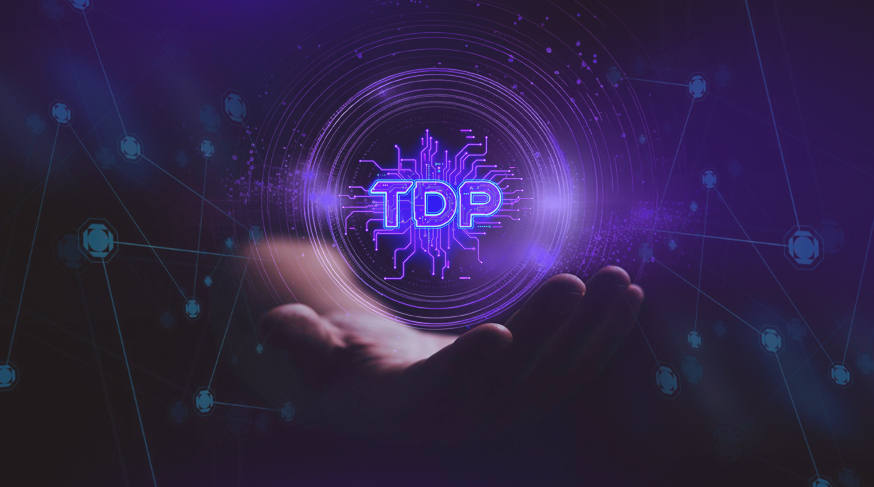Modern cybersecurity teams face evolving threats, expanding tech stacks, and increasing pressure to demonstrate real operational readiness. In this environment, traditional “one-off” training no longer delivers meaningful or lasting capability.
At Cyber Helmets, the Training Development Process (TDP) is the framework we use to build, measure, and sustain real cybersecurity capability in modern teams. It’s a structured lifecycle ensures people don’t just attend training, they learn, apply, and evolve in alignment with real-world challenges and your organization’s mission.
Why traditional training falls short
Most cybersecurity training stops at knowledge delivery. Teams complete a course, pass (or don’t pass) an exam, and return to their day-to-day tasks with no structured follow-up, no measurement of impact, and no alignment with the environments they actually operate in.
This creates gaps that directly affect readiness:
✓ Skills fade quickly without reinforcement
✓ Training doesn’t match real infrastructures
✓ Team capability is rarely measured
✓ Business goals aren’t connected to learning outcomes
✓ Certifications don’t reflect real operational performance
Through the TDP, we replace disconnected, transactional training with a continuous, measurable, and operationally aligned lifecycle.
What is the Training Development Process (TDP)?
The TDP is a structured, end-to-end lifecycle, a roadmap that transforms training into performance. It moves beyond standalone courses and introduces a repeatable model that aligns skill development with your mission, technology, and operational needs.
Tailored. Measurable. Effective.
Our lifecycle approach embeds learning into your organization’s performance model, from identifying skill gaps to evaluating impact on real operations. Training becomes systematic, business-impact driven, and directly tied to capability growth.

The Five Stages of the TDP
Based on the Training Development Lifecycle (TDLC) model in our framework, it operates across five core stages:

1. Analysis
We assess your team’s current capability, tech stack, mission requirements, and role needs. This ensures we define the right objectives and avoid generic, misaligned training.
2. Design
We translate insights into a targeted plan built around realistic scenarios, measurable outcomes, and business-aligned goals.
3. Development
We build custom labs, hands-on exercises, and instructor-led material grounded in your real infrastructures and operational realities.
4. Implementation & Delivery
Training is delivered through guided, scenario-based, practical learning, ensuring teams can apply what they learn under real conditions.
5. Evaluation & Continuous Improvement
We measure capability growth, retention, operational performance, and ROI, feeding insights back into the next cycle to sustain long-term readiness.
Evaluation & Capability Assurance
A five-pillar framework designed to deliver a holistic, actionable evaluation of your organization’s cybersecurity readiness. Our evaluation model covers:
People – role alignment, skills, readiness
Business Enablement – measurable impact, strategic alignment
Infrastructure – tech stack compatibility, integrated environments
Compliance – risk and regulatory requirements
Strategy – long-term workforce development and planning
This ensures training isn’t just delivered, it’s validated, measured, and improved continuously and gives organizations a holistic view of their cybersecurity capability.
The operational value the Training Development Process delivers
A structured TDP delivers outcomes that standalone training cannot:
✓ Training aligns directly with business goals
✓ Content matches real infrastructures
✓ Teams build practical, durable skills under guidance
✓ Organizations gain measurable insights and ROI
✓ Capability grows continuously, not just during a course
✓ Teams are consistently prepared for real-world challenges
This is how modern security teams stay sharp, confident, and mission-ready.
Bringing the TDP to your team
Skill gaps, evolving threats, and complex infrastructures demand more than traditional training. A structured TDP is now a requirement for any organization that needs consistent, validated, and defensible cybersecurity capability.
See how the Cyber Helmets’ TDP can anchor your team’s long-term readiness.
Book a meeting with us to discuss your training and hiring needs.












